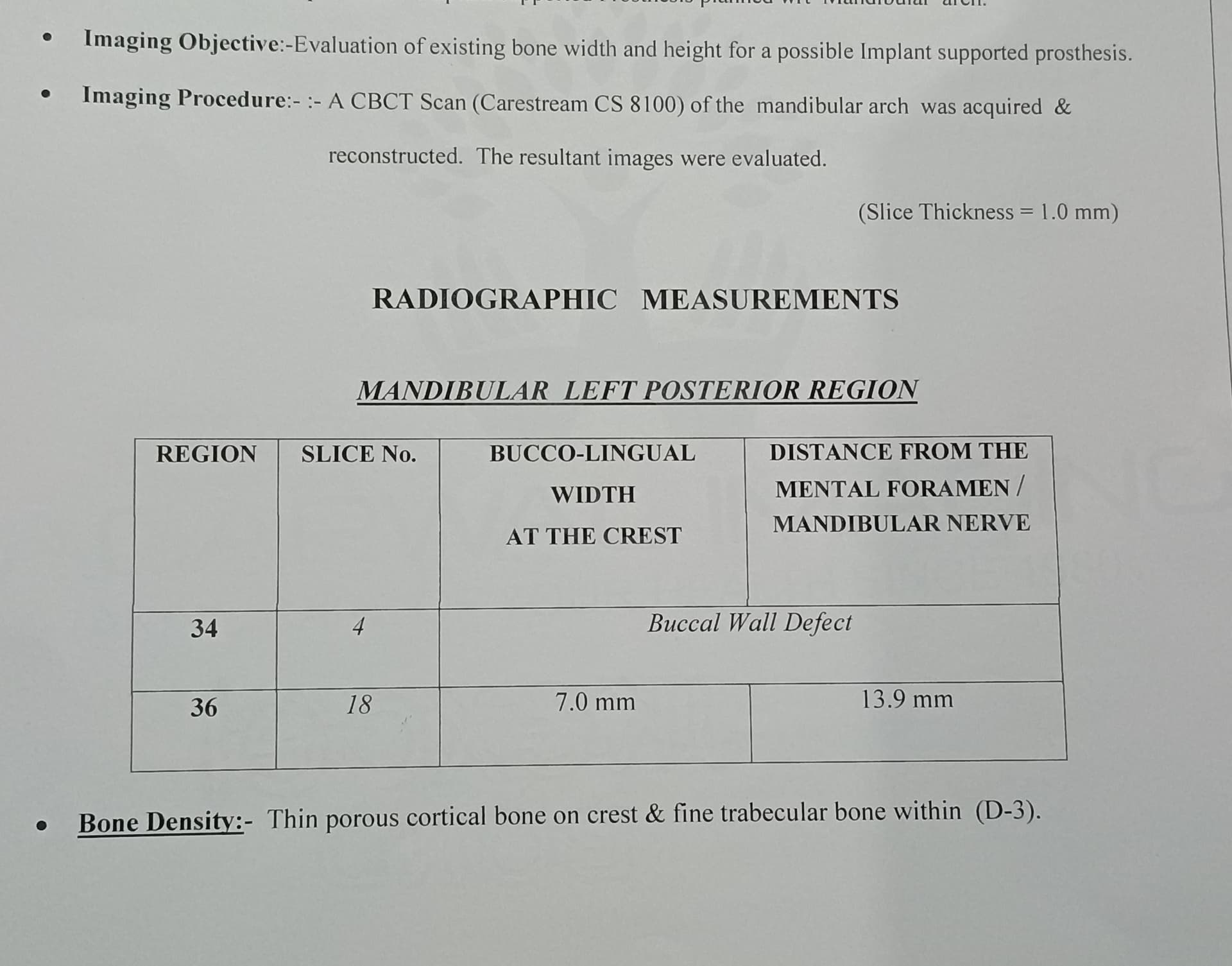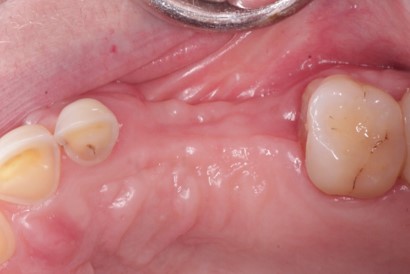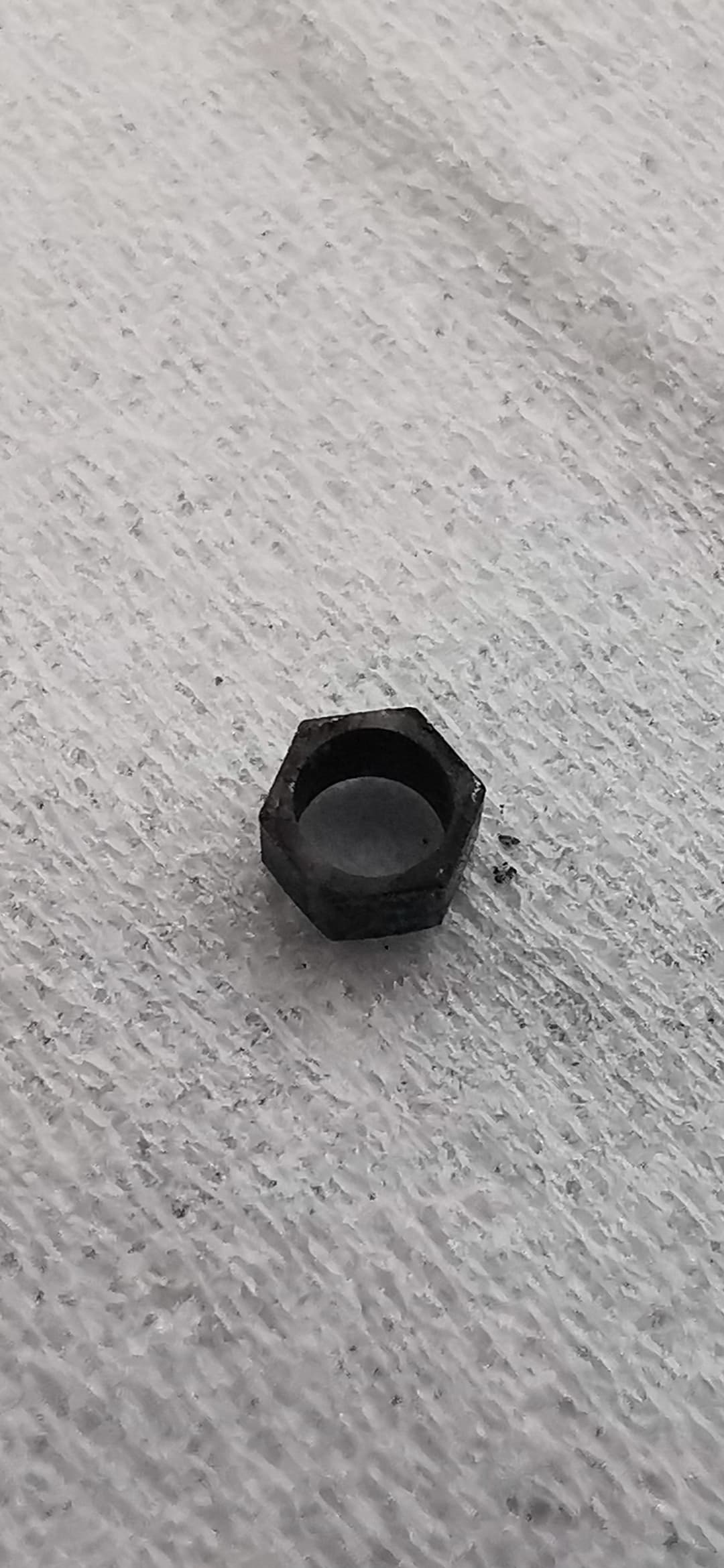All-on-4 Technique: Pros and Cons?
I am interested in learning more about the All-On-4 Dental Implant technique. More specifically, what are the main pros and cons of this procedure? Do you need a specific type of dentist to do this? Thanks
4 Comments on All-on-4 Technique: Pros and Cons?
New comments are currently closed for this post.
Dr. Steven M. Moss
11/9/2015
“All-on-4 is not a new concept. It was developed in the early 1990’s by Dr. Paulo Malo, MALO CLINIC-Lisbon. Since it’s inception, the protocols and components used have been innovated to the point where this technique now rivals success rates of conventional dental implant techniques! Tens of Thousands of patients have had this procedure done. Long term studies done at MALO CLINIC show continued success (over 98% implant survival) with 8 years (upper jaw) and 10 years (lower jaw) follow up. Each study includes over 1,000 patients and more than 4,000 implants! I have performed this technique for a few years now(using MALO CLINIC protocols) and have experienced similar results.PROS: Almost everyone is a candidate. The esthetics are typically better than with conventional techniques. Bone grafting is almost NEVER needed. Cost is LESS than conventional techniques for full arch implant supported fixed bridge. No need for multiple procedures. Never wear a denture. Implants and provisional fixed bridge placed the same day!CONS: You need to find a team (surgeon and restorative dentist) that have experience with this technique. Best of luck to you!
Dr. Steven M. Moss MALO Advanced Oral Rehabilitationâ€
Dr. Edward Kusek
11/9/2015
This is concept is still up in the air. Some clinicians highly recommend it and some are very skeptical as I am. This procedure places the implants in forces that traditional implants do not do well in the long term. Meaning, implants like forces that are directed to the center, while this procedure places the forces at an obtuse angle. Long term is the question, will the patient have bone loss and develop periimplantisis ( infection of the surrouding tissues of the implant) and those lose the implant(s). Having these few implants could be a major problem to the success of the case.Good luck
Dr. Edward Kusek
Richard Hughes, DDS
11/10/2015
All on 4 is a viable technique. However the doctor should receive prior training in said technique. Jack Lemons, PhD proved many years ago that tilted implants work and can support occlusal loads.
The keys top success are crossed arch stabilization, soft diet for 6 months, minimal occlusal contact and anterized, 12-15 mm inter arch space, ramp down when necessary, use grit blasted textured implants, the implants should contact cortical bone ant be to the lingual.
I myself have done a 180 on this concept.
Wendy Kennedy
3/24/2017
I have had the All-on-4 procedure done on my upper and lower jaw. As a child, molars were pulled out unnecessarily, eventually leaving me with the need for two bridges at the bottom. Obviously teeth are drilled either side to accommodate the bridge and eventually they split and broke. I had very good teeth in the front, straight and not broken but my molar situation was critical. I decided to have all teeth removed and four strategically placed implants in the top and four in the bottom after bone grafting. This has been very successful for me and after three months, the mouth is measured again as swelling has abated and new arches were manufactured in the US and fitted, screwed in. I see the dentist three times per year and the only reason implants would fail is not using the water flosser and not using the special flossing implement. This procedure is guaranteed for ten years and it was done at The Sydney Dental Institute, Macquarie Street, Sydney by Dr. Daniel Adamo. I cannot recommend them enough and they are highly qualified and skilled.


















